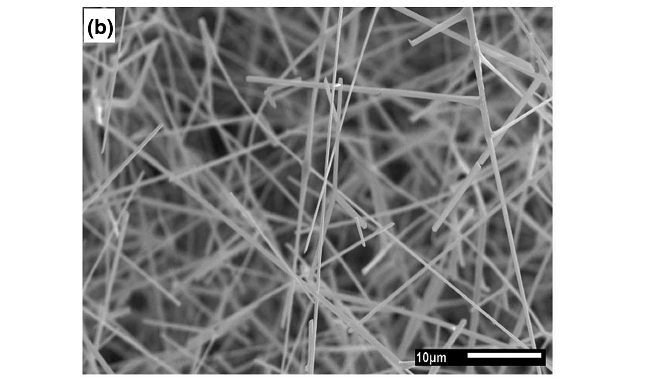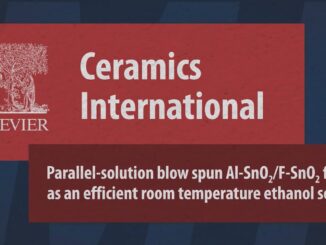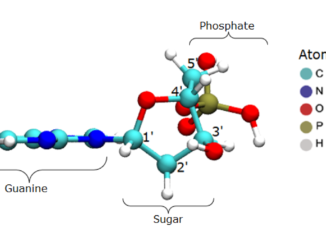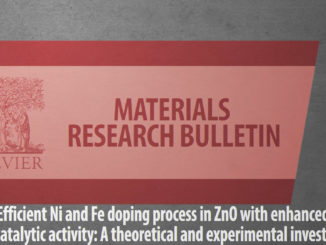
A label-free Acetone based SnO2 nanowire network sensor at room temperature
Abstract: Acetone is a toxic gas employed in several pharmaceutical and commercial preparations, circumstances that demand efficient exposure control methods. Quasi-one-dimensional SnO2 (n-type) is a remarkable material for such purpose. In this work, we discuss the characteristics of an Acetone gas sensor built in a metal–semiconductor-metal (MSM) architecture, using a SnO2 nanowire network as an activity layer. The crystallographic information was confirmed using XRD and found out to be monocrystalline and in a rutile structure. SEM images confirmed that the desired nanowire morphology was obtained. The Acetone gas concentration was varied from 50 to 970 PPM and sensor response ranged between 9 and 32% at room temperature. By operating in 0.1 V, with a sensitivity of 49% in 970 PPM, an optimized regime of the gas sensor was achieved. The rise time varied between 8.7 s and 13 s and decay time ranged between 48.1 s and 142.7 s. In addition, we demonstrated fast response time, stability and reproducibility, all essential features for a high-quality sensor.
Author(s): de Araujo, E. P.; Amorim, C. A.; Arantes, A. N.; Chiquito, A. J
Applied Physics A
Published: 16 April 2022
DOI: https://doi.org/10.1007/s00339-022-05540-x
CDMF
The CDMF, hosted at the Federal University of São Carlos (UFSCar), is one of the Research, Innovation and Dissemination Centers (RIDC) supported by the São Paulo State Research Support Foundation (Fapesp), and also receives investment from the National Council Scientific and Technological Development (CNPq), from the National Institute of Science and Technology of Materials in Nanotechnology (INCTMN).




